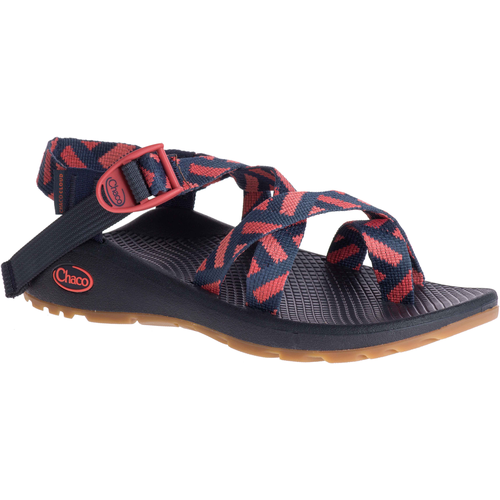

Unlike previous versions of this sandal, the gray material is much softer and more forgiving than the polyurethane midsole.

The narrower gray area next to my feet is the source of the "cloud" part of the name. It is nicely contoured, incredibly durable, but not particularly soft and kind of heavy. The midsole, that thicker black part under my feet, is a relatively thick and solid chunk of polyurethane. This pair weighs close to a pound and a half. Until your big toes get used to that strap, it can feel odd and can cause some blistering initially.Ĭhaco makes a solid sandal. The "2" is a more versatile sandal and a bit more geared toward people who wear them wet and appreciate the added stability. Plus, if you happen to be canoe-camping and feel like wearing a pair of socks with your sandals, you can just not use that little strap. Your foot simply cannot and will not slide around as much in the sandal with that big toe strap.

The main value of that big toe strap is that it gives your foot a much better degree of stability in the shoe when you are in and around water. If you think that might be uncomfortable, or if you are wearing the sandals around town or on light hikes, go with Chaco's Z/Cloud. The sandals are called the Z/Cloud 2: the "2" refers to that strap over your big toe. The fact you really should clean them sporadically is one reason I give them four rather than five stars. Once again, it is a great adjustment system that isn't prone to failure if you want them to remain adjustable, dunk the shoes in a pail of water once a year, work the straps back and forth, and clean out the grit.then readjust them so they fit your feet. When the sandals are new, adjusting the fit is pretty easy as they age, and especially if you spend a lot of time in lakes, on beaches, or in rivers, sand and grit can work its way into those very tight spaces under the footbed and make it harder to slide the straps. When they get soaked and dry out, the strap material can tighten a little bit you can either fiddle with them or wear them for a few minutes and let the straps ease up. This webbing is lighter-weight and less likely to abrade your feet than older versions. If you own a ten-year-old pair, it's worth a look, because the webbing has improved a lot over the years. The straps are a relatively soft polyester webbing that feels great. They are reasonably straightforward to adjust initially. When they arrive new, expect to spend some time figuring out how the straps slide and how moving one length will affect the fit of the others. It runs under the footbed, and to adjust the fit, you slide the straps around under that footbed to customize the fit for your feet. That is one continuous loop of polyester strapping. Now look at the rest of the straps on the front of my foot. The photo above shows the strap loosened. If you wear a pair of these out, it will almost certainly be the soles. It is also extremely difficult to break or damage, and it takes years-many years-for wear on the straps to be remotely relevant. No hook/loop closure to get fouled with sand or mud, no rubberized straps or bands to pull tight (or break or wear out). It's a pretty simple and very effective way to make a water sandal, and it is a hallmark of what Chaco does. The strap slides through it, loosens to let your feet out, tightens to keep them in. Take a look at the black slide clip on the outside of my ankle in the photos below. I have been wearing Chacos for about ten years, but I will try to start from zero and explain what these water sandals are about.


 0 kommentar(er)
0 kommentar(er)
